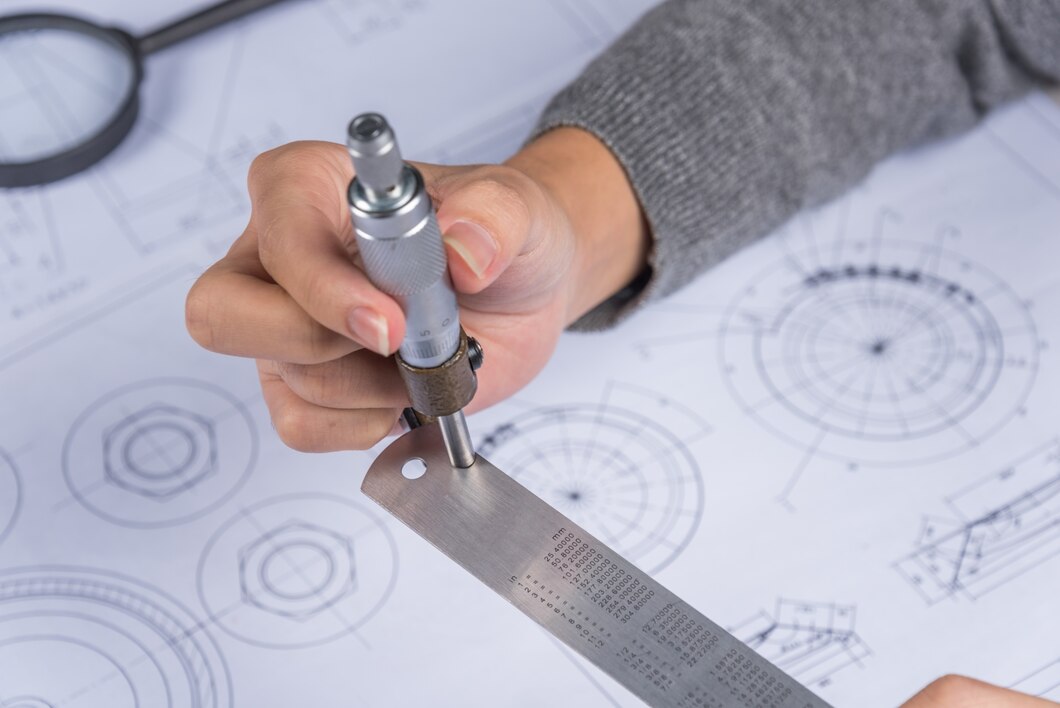Introduction
Have you ever found yourself needing to measure angles accurately within a circle but felt unsure about where to start? A bussola to measure angles within a circle, a simple yet powerful tool, can make this task straightforward and even enjoyable! Whether you’re working on a geometry project, surveying, or even a DIY home improvement task, understanding how to use a bussola effectively is a skill worth mastering.
In this guide, we’ll cover everything you need to know about using a bussola to measure angles within a circle, from what it is to step-by-step instructions, practical examples, and even tips to get the most accurate results. Ready? Let’s dive in!
A bussola, often referred to as a compass or a protractor, is a handy instrument designed for measuring angles. It typically features a circular base marked in degrees (from 0° to 360°), making it ideal for tasks that involve circles or curves.
This tool is popular among surveyors, architects, students, and DIY enthusiasts. Its simplicity and precision make it a go-to choice for angle measurement, whether you’re working on paper, wood, or even metal.
Using a bussola offers several benefits:
- Precision: It provides highly accurate angle measurements.
- Versatility: A bussola works in various settings, from classrooms to construction sites.
- Ease of Use: You don’t need to be an expert to handle it.
Plus, its circular design makes it uniquely suited for measuring angles in a circular format, unlike straight-edged tools.
Here’s a step-by-step guide to help you use a bussola effectively:
Before starting, ensure you have:
- A bussola
- A pencil or marker
- A circle (on paper or a physical object)
Mark the exact center of the circle. This is your reference point for all angle measurements.
Place the bussola so its center aligns with the circle’s center. The 0° mark should point toward a reference direction, like the top of the page or a fixed landmark.
- Identify the two lines (or points) forming the angle within the circle.
- Read the degree marking on the bussola where the second line intersects its edge.
- The number indicates the angle in degrees.
For accuracy, repeat the process or cross-check using another angle measurement tool if available.
- Avoid Parallax Errors: Ensure your eyes are directly above the bussola when reading measurements.
- Use a Fixed Reference Point: Consistency helps prevent mistakes.
- Practice Makes Perfect: Try measuring different angles to get comfortable with the tool.
A bussola isn’t just for professionals—it’s useful in everyday life! Here are some practical applications:
- Geometry Projects: Perfect for students learning about circles and angles.
- Surveying and Mapping: Ideal for precise measurements in the field.
- DIY Projects: Great for marking accurate angles on materials like wood or tiles.
- Navigation: Some bussolas double as compasses, helping with directional tasks.
While both measure angles, a bussola typically has a circular design for measuring full 360° angles, whereas a protractor is semi-circular, covering 180°.
Yes! Some bussolas come with a magnetic needle, making them suitable for navigation as well.
Always align the bussola’s center with the circle’s center and double-check your readings to avoid errors.
For best results, use it on flat, stable surfaces. On uneven surfaces, you may encounter inaccuracies.
You can find bussolas at most stationery stores, online marketplaces, or specialized surveying equipment shops.
Yes, it’s an excellent learning tool for kids, especially in geometry or navigation classes. Ensure they use it under supervision for accurate results.
Conclusion
Mastering the use of a bussola to measure angles within a circle is easier than you think. This versatile tool is perfect for a wide range of tasks, from academic projects to practical applications in construction and navigation. By following the steps and tips outlined in this guide, you’ll be measuring angles like a pro in no time.
